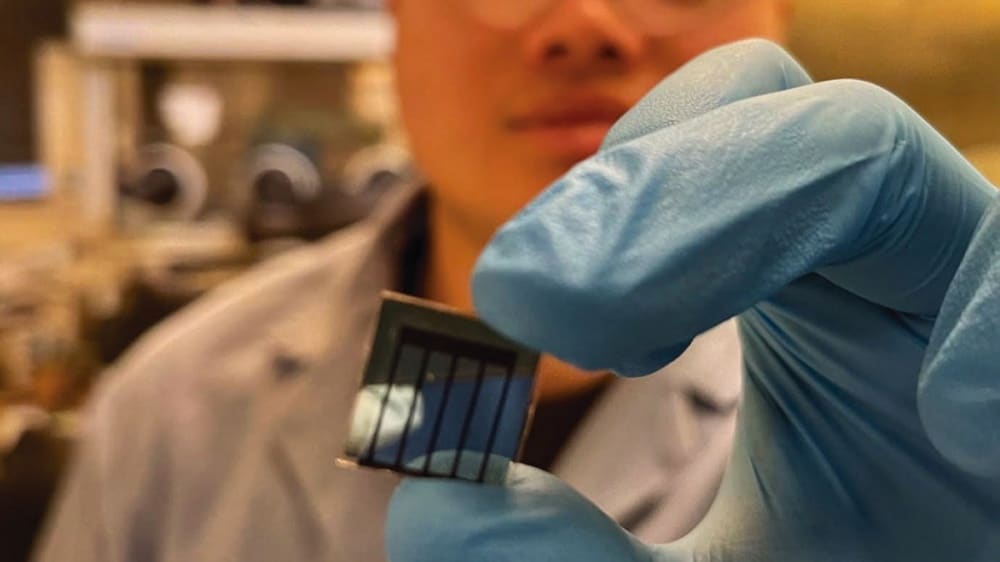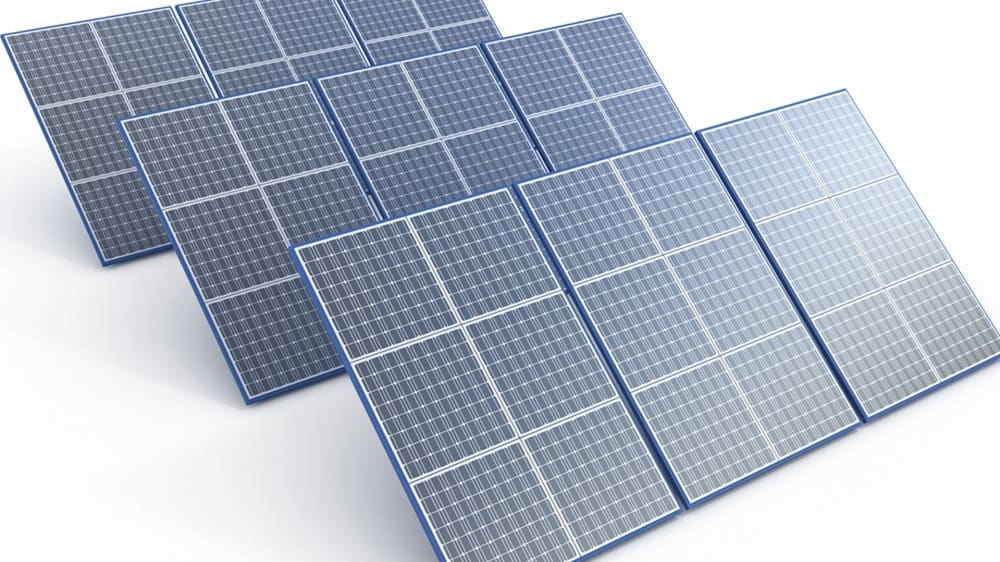
For the past few years, researchers at the University of Texas at Austin have focused on the moisture present in the air as a potential source of drinking water for drought-stressed populations. In new research published in the Proceedings of the National Academy of Sciences, they reached a significant breakthrough in their efforts to create drinkable water out of thin air: a molecularly engineered hydrogel that can create clean water using just the energy from sunlight.
The researchers were able to pull water out of the atmosphere and make it drinkable using solar energy, in conditions as low as 104°.
“With our new hydrogel, we’re not just pulling water out of thin air. We’re doing it extremely fast and without consuming too much energy,” said Professor Guihua Yu. “What’s really fascinating about our hydrogel is how it releases water. Think about a hot Texas summer — we could just use our temperatures’ natural ups and downs, no need to crank up any heaters.”
The device can produce between 3.5 and 7 kilograms of water per kilogram of gel materials, depending on humidity conditions.
Here is an exclusive Tech Briefs interview — edited for length and clarity — with Yu.
Tech Briefs: I’m sure there were too many to count, but what was the biggest technical challenge you faced while developing this hydrogel?
Yu: We’ve been exploring this very exciting class of hydrogel for a number of years. We worked on hydrogel for water harvesting back in 2019 and it was about four years ago that we published the first work. At that time, the key advantage was hydrogel — compared to many other state-of-the-art materials, not only just commercialized but also metal organic framework, moth materials, other materials — has a higher water capacity. We also introduced the first concept of thermal responsive polymer inside at that time.
What it means is it’s kind of the dehumidifier. It can absorb the water from ambient air, but the challenge is water harvesting is even more important to the second step. You can absorb a lot of water, so you need to pay larger energy penalty to release water. Typically you need to heat up by external electricity to get water off your desiccant.
That's the challenge as the second step is usually very energy intensive. You need to input a lot of energy to release water. Our concept of thermal responsive gel polymer in general is driving to literally lower the energy barrier that you need to release the water.

That was our first concept that we developed four years ago. At that time, our gel worked well in terms of a higher relative humidity range. This newest work is trying to address them both. We wanted to make the gel that can work not only at even more extreme conditions, lower relative humidity, but also faster in terms of the overall water-production yield. So, it's not only the absorption that is important, but also the release is important.
In this work, we promote a concept of a so-called microgel. If you think about gel as Jell-o, which is very bulky so it can absorb water; the Jell-o itself contains a lot of water, but the Jell-o’s absorption rate is typically a little bit slow because it's bulky. We made the hydrogel itself into the microparticle kind of format, so it can be much faster in terms of absorbing water but also faster in terms of water release.
Tech Briefs: You’ve said that the team is pursuing additional improvements to the technology with an eye toward transforming it into a commercial product. How far away from that do you think we are? Any updates you can share?
Yu: Right now, we are demonstrating this all in the lab environment. What that means is we typically work with a few grams or tens of grams of the material. We don't work with kilograms of material. So, when you scale up, for example, 100 times in terms of these microgels, we want to make sure we have the materials. So, that's step one. We want to scale up the material thesis and produce larger amount of materials and then test them in these more practical conditions. We want to move, for example, from a lab environment to more of a field trial — in practical, outside, real-world conditions. That’s the second step.
Once these two boxes are checked off, we will really be ready to partner with the industry to commercialize this device. Our thoughts are probably in the next year or two we will be able to make breakthroughs in terms of scaling up and also in terms of more field tests. Then I think partnering with big industry to get this to the commercial arena.
Tech Briefs: You’ve also said that the team is working on other versions of the device made from organic materials, which would reduce cost for mass production. How is that coming along?
Yu: That’s ongoing. We are trying to use more cost-effective, biomass-derived materials. Think about what you can use what we have in nature. When we use more biomass, a naturally derived material, you can lower the cost. Because, for water production, you need to not only look at the production but also the material involved needs to be sustainable. When you scale up to very big scale, you cannot have high costs as a big barrier for adoption.
Tech Briefs: Do you have any advice for engineers or researchers aiming to bring their ideas to fruition?
Yu: My research background is unique because my training is in chemistry, so we do a lot of novel chemical thesis. But, right now, I'm sitting in the mechanical engineering and materials engineering department. So, basically what we do is translate materials innovation to actually making an impact in the real world.
You need to bridge what you have in a lab to the real world, partnering with industry. I hope the next generation of young scientists and engineers can actually bridge these different gaps even closer. That will move many exciting developments in the university lab to the commercial market much faster.





















